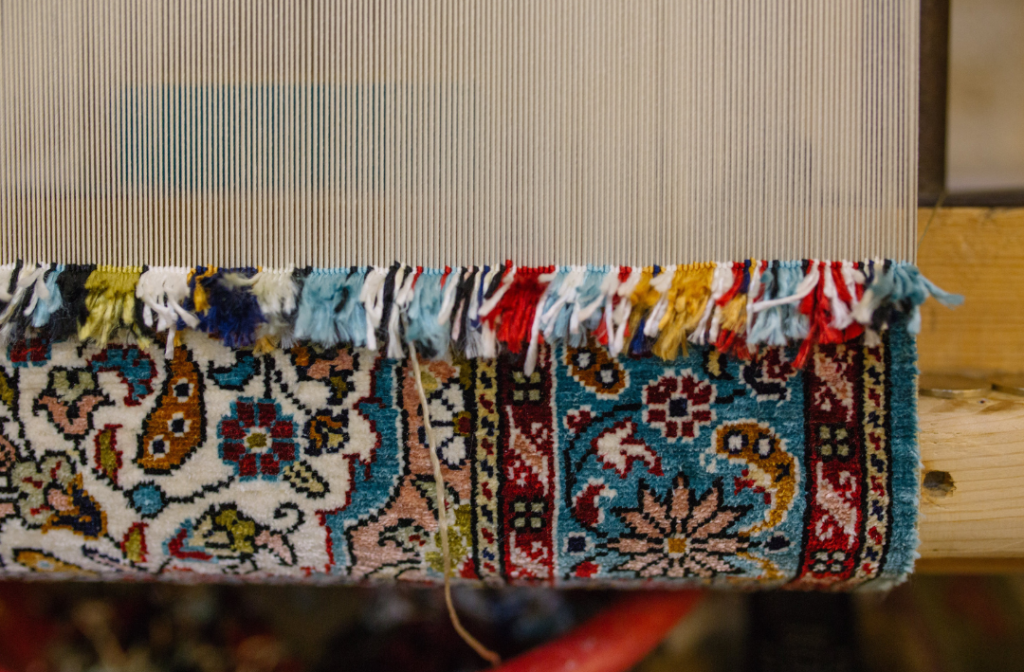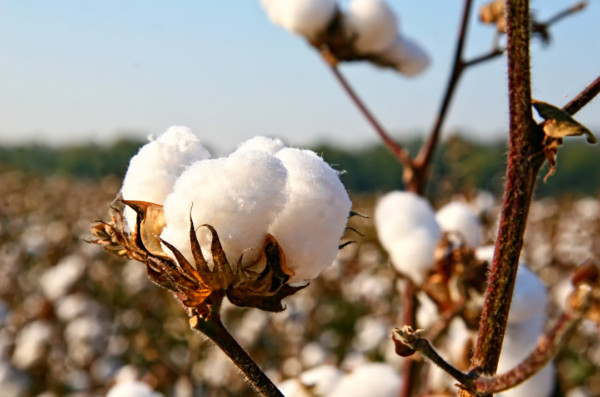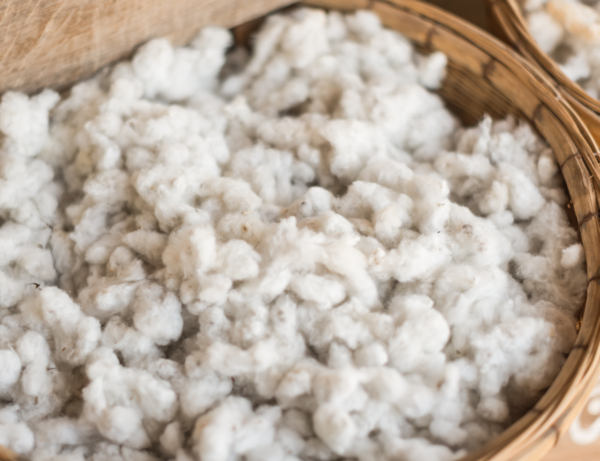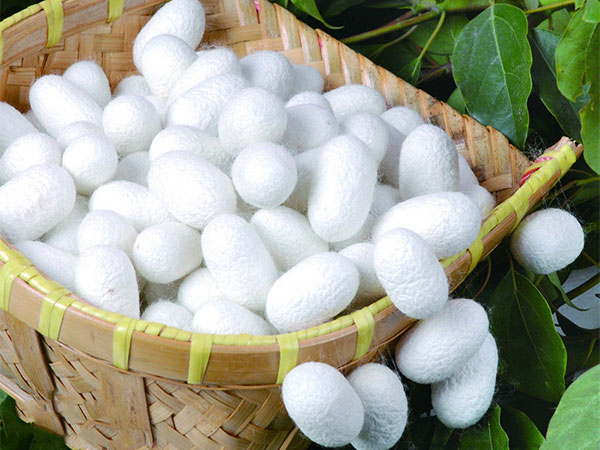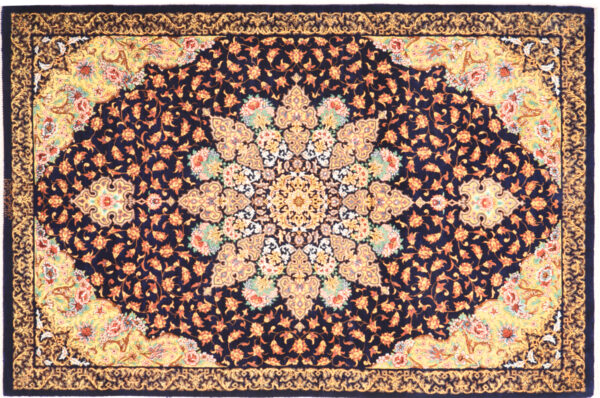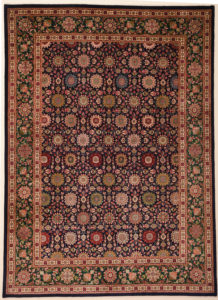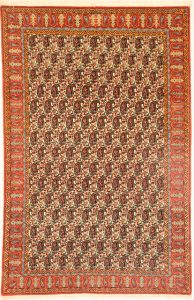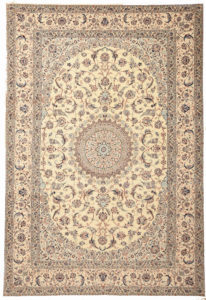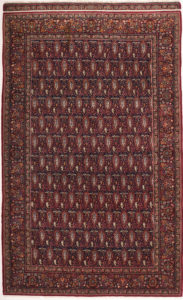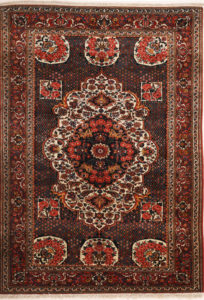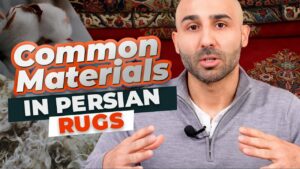Table of Contents
If you’re in the market for a Persian rug, you may have noticed that some are made with a combination of silk and wool, while others have a cotton foundation. But why is this the case?
At Catalina rug, we understand that understanding the materials used in Persian rugs can be confusing, so we’re here to break it down for you.
Overview of Materials: Pile and Foundation Components
When it comes to Persian rugs, there are two main components to consider: the pile and the foundation (which includes the warp and weft).
The pile is the top part of the rug that you see and walk on, while the foundation is the skeleton of the rug where the pile is woven through. In this article, we’ll be discussing the three most common materials used for the foundation and pile of Persian rugs.
The most common combination for Persian rugs is a cotton foundation with a wool pile. However, there are other materials that can be used, including silk, mohair, goat hair, camel hair, and cow hair.
It’s also important to consider the factors that determine the quality of wool, which we’ll discuss later in this article.
Foundation Materials: Cotton, Wool, and Silk
Cotton Foundation
First, let’s talk about the foundation materials. The three most common foundation materials for Persian rugs are cotton, wool, and silk.
Cotton is the most common foundation material and has several advantages. It is a stable and reliable material that doesn’t shrink or stretch much with changes in humidity. This stability provides a rigid structure for the pile to be woven on, but can also result in a less fluid design compared to a wool foundation.
Cotton foundations are often used in traditional and village Persian rugs, as well as some tribal rugs.
Wool Foundation
Wool foundations are less common than cotton foundations, but have the advantage of providing more fluidity and warmth to the design.
Wool foundations also have wool fringes, which can add character to the rug. However, wool foundations are more prone to distortion in shape due to their tendency to shrink and stretch unevenly with changes in humidity.
Wool foundations are more commonly used in certain tribal rugs, where the weavers use a single material (wool) for both the foundation and pile.
Silk Foundation
Silk foundations are sometimes used in finely-knotted traditional or city Persian rugs, such as those from Qum and Isfahan.
Silk foundations allow for higher knot density, making them ideal for designs that require a high level of detail. However, silk foundations are more expensive and are only used in the finest of Persian rugs.
Pile Materials: Wool, Silk and Wool, and 100% Silk
Silk and Wool Pile
Silk and wool piles are made up of a combination of wool and silk, with the ratio of each material varying. These rugs typically have a majority of wool and use silk to highlight parts of the design. This combination allows for a higher knot density and a finer design but also increases the cost of the rug.
Silk and wool piles are often seen in traditional Persian rugs, such as those from Isfahan, Tabriz, Nain, Kashan, Mashad, and Bijar.
100% Silk Pile
Finally, 100% silk piles are the least common and are only used in the finest Persian rugs.
These rugs have the highest level of detail and the highest knot density, with knot counts ranging from 600 to 1000 KPSI. However, the cost of using 100% silk in the pile, combined with the fine weaving required to create intricate designs, makes these rugs the most expensive.
Rugs from Qum and Isfahan commonly have 100% silk piles.
Factors Affecting the Quality of Wool: Diet, Elevation, and Shearing Season
There are several factors that can affect the quality of wool used in Persian rugs.
One of the most important factors is the diet of the sheep. Sheep that are fed a healthy, balanced diet will produce higher quality wool.
The elevation where the sheep live is also a factor. Sheep living at higher elevations tend to have thicker, oilier wool.
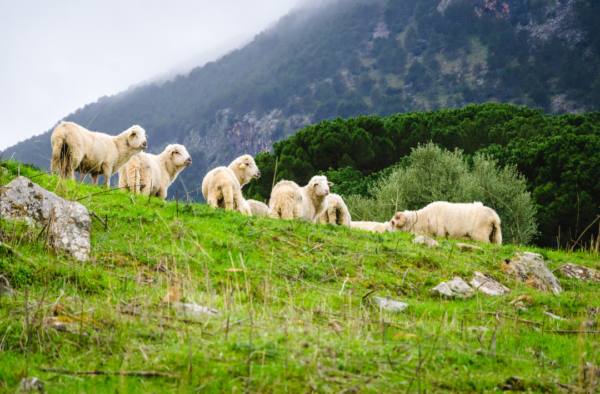
Finally, the season when the wool is sheared can also impact its quality. Spring is generally considered the best time to shear wool, as the weather is milder and the sheep have a thicker coat.
